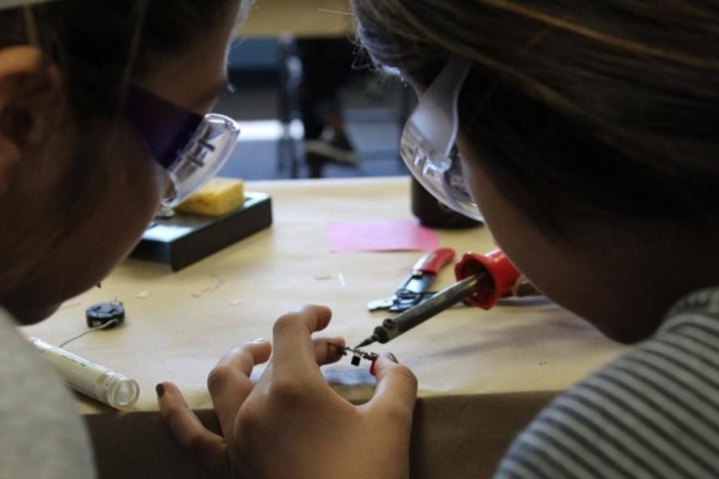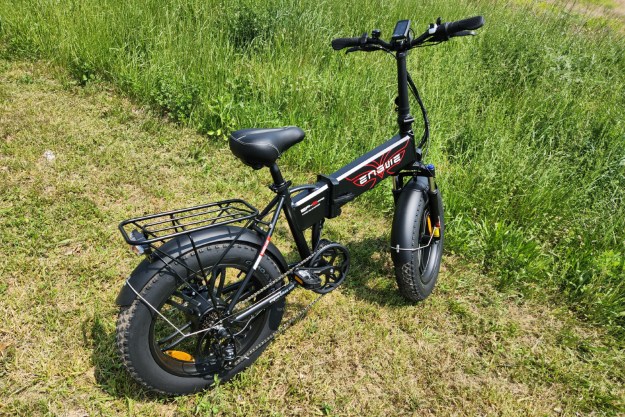
Leave it to the ladies to solve one of the most pressing issues in our society today — housing the homeless. An all-female team of high-school engineers from San Fernando High School in California have designed and created a solar-powered tent meant to protect the state’s homeless population from the elements.
The 12 remarkable young women were brought together by DIY Girls, a nonprofit that trains ladies from low-income communities in engineering, math, and science. While none of them had ever coded, soldered, sewn, or 3D printed before deciding to embark upon a mission to create this solar-powered tent, they quickly learned the necessary skills, and were awarded a $10,000 grant from the Lemelson-MIT Program to develop their invention. And this summer, the team will have the opportunity to present its tent at the Massachusetts Institute of Technology as part of the university’s young inventors conference.
Thus far, there have been two prototypes of the tent made. The first has been completely destroyed, as the team tested it thoroughly to ensure that it was tough enough to withstand the great outdoors. The dozen budding engineers took turns tearing at it with a knife, pouring water on it, and stomping on it. The women have spent six days of every week working on their project, even during school breaks, and as Mashable reports, “They often come home after hours of sewing to find loose needles falling off their clothes.”
But to these 12 team members, the hours of work are well worth it. The homeless population in San Fernando has burgeoned by 36 percent in one year alone, and there are now over 7,000 people living in the streets of the Los Angeles suburb. “Because we come from low-income families ourselves, we can’t give them money,” Daniela Orozco, a high school senior and team member told Mashable. But now, Orozco and her friends may be offering something even better than a few dollars.
But aside from its potential to help the homeless, the tent has also opened new doors of possibility for the young engineers. “You’re learning new things you’ve never even heard of or even thought of,” Chelly Chavez, who learned the C++ programming language to improve the tent told Mashable. And as Paola Valtierra noted, “[There are] only two junior girls in our AP calculus class, which has way more guys than girls. But we’re gonna change that.”
Editors' Recommendations
- Harnessing darkness: The race to solve solar power’s greatest problem
- JBL’s solar-powered headphones could eliminate the need for recharging
- Zeppelins could make a comeback with this solar-powered airship cargo mover


